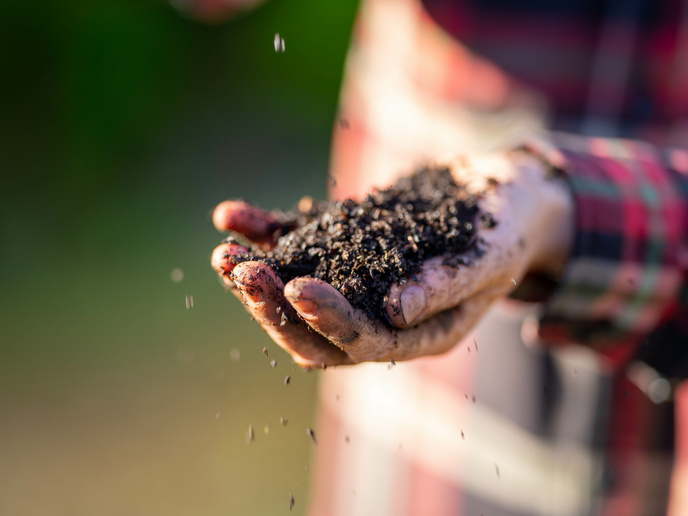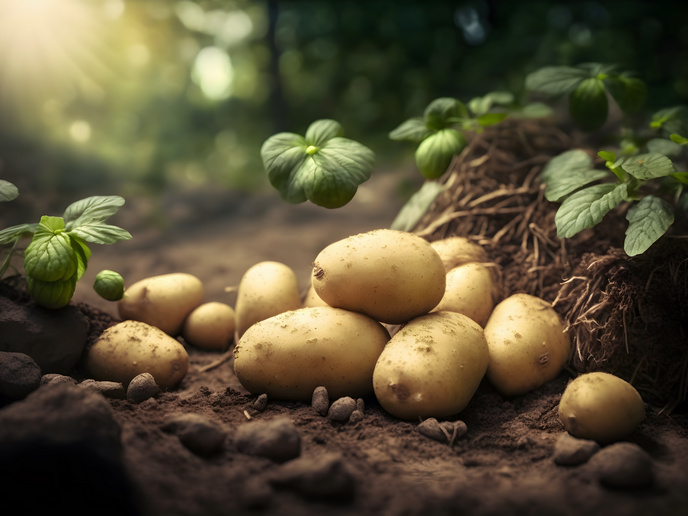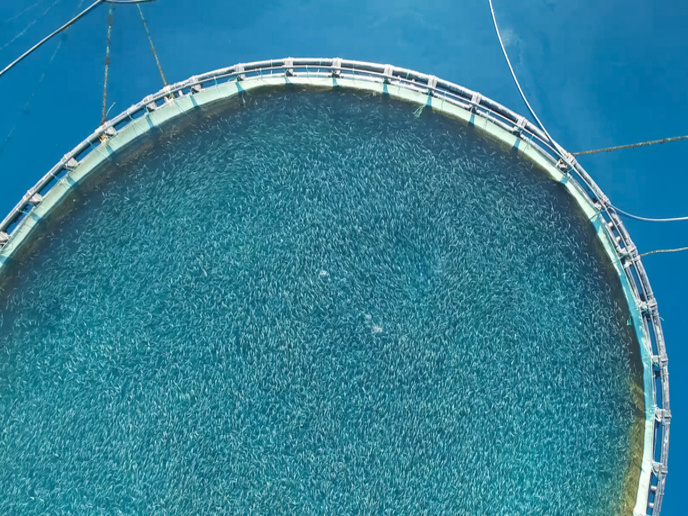When microbes are a farmer’s best friend
Microorganisms are an integral part of all food systems. They are present in the soil, water, plants and animals, and also throughout various food processing techniques. “Each stage of food production has its own specific microbial ecosystem,” explains CIRCLES project coordinator Marco Candela from the University of Bologna. “Up until recently however, model food systems have often been considered without taking into account these microbial actors.”
Integral part of food production
The consortium behind the CIRCLES project saw a need to better inform food producers – and the general public – that microbes are an integral part of food production. Not only that, but they are needed – many microbes are critically important for plants and animals to grow, helping them defend against pathogenic attacks and remain healthy. To achieve its aims, the CIRCLES project, which runs until October 2024, has focused on six food systems that are representative of the European food system. These are spinach, tomatoes, poultry, swine, Atlantic salmon and sea bream. These six food systems were chosen as they cover meat production, aquaculture and fresh produce.
Mapping microbial ecosystems
The project began by mapping out the current state of microbial ecosystems in each of these food systems. “With this mapping exercise, we wanted to identify which microbials are responsible for which specific beneficial properties, to demonstrate that there are microbial actors working for food producers,” adds Candela. “People should be aware that these ecosystems exist, and understand that they are part of life.” The team has also sought to achieve a better understanding of how these microbials work, and how they are connected to food production systems. In doing so, the team aims to identify ways of promoting beneficial microbials, in order to naturally enhance food productivity and resilience. “Finding the ‘good guys’ here can help us to improve our food production, without the need for antibiotics,” says Candela.
Microbiome toolboxes for food producers
As the project nears completion, a great deal of focus is on developing toolboxes for each of the six food systems targeted. Once complete, these will be made available on the project website. These toolboxes will provide producers with the information and tools they need to exploit the natural microbiome to boost production. “If you are producing plants for example, the toolbox will provide ways of modulating the microbiome to ensure better resilience against pests, or enhance nitrogen fixing,” explains Candela. “There will also be a tool for sampling the microbiome, which you can then send to us. We will be able to let you know if your microbiome has been optimised.” Candela hopes that a key impact of this will be to show people at the cutting edge of food production – farmers, local producers and the like – that working with microbes, rather than against them, makes economic and environmental sense. “It is not so easy to convince people outside the lab that microbiome-based action can be beneficial,” he remarks. “We want to demonstrate that if you intervene in your ecosystem to encourage microbes, you can reduce your use of pesticides, or water, by a certain amount. These are the kinds of figures we are currently validating.”
Keywords
CIRCLES, microorganisms, microbes, crop, farmers, microbial, ecosystems, microbiome







